As an Amazon Associate I earn from qualifying purchases.
Wood cutting boards are a kitchen staple in homes around the world. Made from hard woods like maple, cherry, teak, and walnut, these boards provide a durable and gentle surface for all kinds of food prep. However, wood cutting boards require special care and maintenance to prevent drying out, warping, staining, odor absorption, and damage over years of use.
One of the most important aspects of caring for a wood cutting board is regularly oiling it with a food-grade oil that is safe and effective. But with so many oil options on the market, how do you choose what oil is best for wood cutting boards?
This comprehensive guide will overview the benefits of oiling cutting boards, recommend the best food-safe oils to use, provide tips on proper application and care, and answer common questions about wood cutting board maintenance. Equipped with this information, you can select the ideal oil to keep your wood cutting board in top shape for years to come.
Why Proper Oiling is Crucial for Wood Cutting Boards
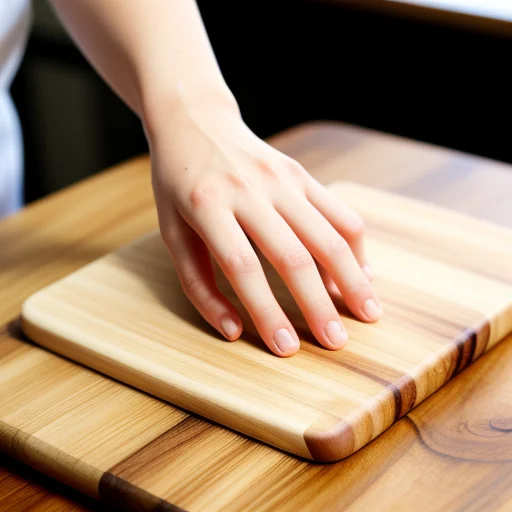
Oiling a wood cutting board serves multiple important purposes:
- Prevents drying out: All wood contains natural oils that keep it from drying and cracking. When a tree is cut to make a wood board, those natural oils slowly evaporate over time with use and cleaning. Oiling a cutting board creates a protective barrier to seal in moisture and prevent the wood from drying out. This maintains the integrity of the board.
- Protects from stains and odors: Food particles, juices, spices, and other liquids can easily soak into and stain the porous grain of wood boards. Garlic and onion especially tend to impart stubborn odors. A protective oil coat prevents stains and odors from impregnating into the wood fibers.
- Extends lifespan: The regular oiling process preserves the quality of the wood over many years of heavy kitchen use. Properly maintained oiled boards develop a rich, burnished patina. It keeps your treasured cutting board looking great.
- Inhibits bacteria: Some food-safe oils have natural antimicrobial properties that help inhibit the growth of bacteria in tiny cuts and crevices that develop on the board’s surface. This improves sanitation.
Simply put, periodic oiling is essential for any wood cutting board to maintain its durability, integrity, appearance, and sanitation over time. It should be part of a regular maintenance routine.
What Type of Wood Needs Oiling for Cutting Boards?
You’ll primarily find wood cutting boards made from durable American hardwoods that can withstand daily use. Some top choices include:
- Maple – Very hard and dense grain that resists knife marks. Pale color shows stains.
- Walnut – Less durable than maple but ages to a rich chocolate brown color.
- Cherry – Dense but stains easily. Deep red tone darkens with age.
- Teak – Extremely hard yet smooth. Contains natural oils that repel water.
- Bamboo – A grass but wood-like when pressed into boards. Very tough surface.
All of these natural wood types will require periodic oiling to maintain their integrity and appearance over years of kitchen use. Without oiling, they would dry, crack, warp, and become unsanitary.
Some synthetic cutting board options like plastic, silicone, or Richlite won’t need oiling. But classic wood boards rely on that extra protection.
How Does Oiling Protect and Preserve Wood Boards?
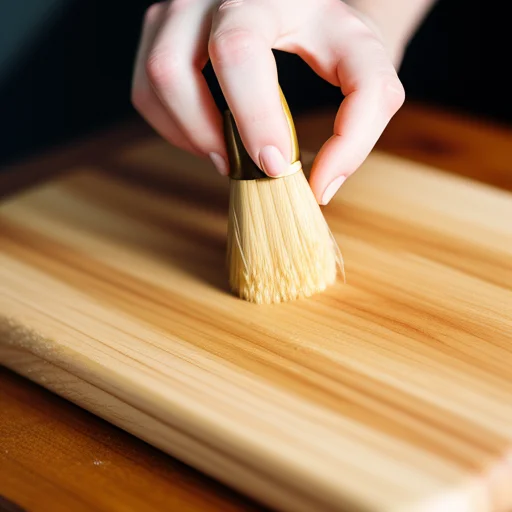
Oils penetrate into the wood grain itself to nourish, protect, and seal the surface. Here’s how it works:
Penetration – Plant-based oils readily soak into the wood’s natural pores, much like a sponge absorbing water. This carries the oil deep to nourish wood fibers.
Sealing – Once soaked in, the oils seal the surface and create a natural moisture barrier. This locks existing moisture in the wood while keeping excess external liquids out.
Protection – This oil barrier shields the wood against stains, odors, bacteria, and other contamination from imprinting into the vulnerable grain.
Preservation – Continual reapplication of fresh oil preserves the suppleness and integrity of the wood over many years of use and washings.
The result is a strong, sanitary cutting board that maintains its aesthetic beauty through decades of meal prep.
What Oil is Best for Wood Cutting Boards?Recommended Food-Safe Oils
When considering which oil to choose for your cherished wood cutting board, it’s important to select one that is specifically intended for food contact and the heavy-use demands of a kitchen prep surface.
Avoid general woodworking oils. Instead, look for cutting board oils made with FDA approved food-grade mineral oil or other edible plant oils.
Here are some top food-safe oil options:
Food-Grade Mineral Oil
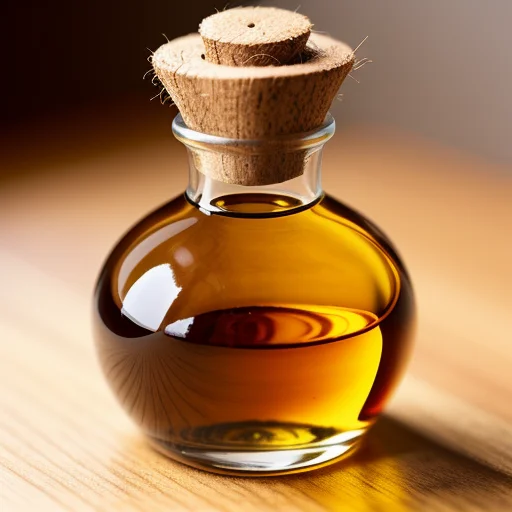
Food-grade mineral oil is one of the most popular and recommended choices by wood craftsmen for maintaining cutting boards. It offers many advantages:
- Odorless and tasteless – won’t impart any scent to food
- Non-allergenic and non-toxic
- Meets FDA standards for direct food contact
- Very affordable and readily available
- Excellent moisture protection for wood
Be sure to choose a USP grade mineral oil to ensure purity standards. It does not go rancid or transfer any flavor. Mineral oil is ideal for regular monthly oiling of a cutting board. It’s the go-to choice of many professional chefs.
Beeswax
On its own or blended with other oils, beeswax provides an extra protective barrier on top of the penetrating oil. Beeswax offers these bonuses:
- Water-repellent and moisture resistant
- Antibacterial and antimicrobial properties
- Lovely, light honey aroma when fresh
- Works beautifully blended into “board cream” oil mixtures
- Slightly harder texture fills in knicks and cuts
Those seeking extra protection from liquids can apply a thin coat of beeswax paste or board cream over mineral oil. The beeswax helps repel stains while retaining wood moisture.
Coconut Oil
Fractionated coconut oil has gained popularity for treating cutting boards thanks to special properties:
- Anti-fungal and antimicrobial abilities
- Deeply moisturizing to wood fibers
- Available refined or unrefined
- Provides a light tropical aroma when fresh
Coconut oil is vegan-friendly, absorbs readily into wood, and leaves a nice glossy finish. Look for food-grade varieties without coconut scent.
Walnut Oil
Pressed from roasted walnut kernels, food-grade walnut oil offers a light, nutty aroma. It has a gentle amber color that can enhance certain woods. However, walnut oil can turn rancid more quickly than mineral oil. It requires very frequent reapplication. Use blended with beeswax or mineral oil for stability.
Carnauba Wax
Derived from palm leaves, carnauba wax is often used to polish and protect woodwork and shoes. It helps lock in oil moisture and provides a hard protective coating. However, carnauba films can crack or craze if the wood surface flexes. Use sparingly combined with oil.
Grapeseed Oil
A byproduct of winemaking, food-grade grapeseed oil contains antioxidants like vitamin E. It penetrates wood well and has a high smoke point for versatility. However, grapeseed oil can have more odor than mineral oil. It may require more frequent application.
Tung Oil
Obtained from the nuts of tung trees, pure tung oil dries into a flexible, water-resistant film ideal for items like salad bowls. However, it requires significant time to fully cure and harden enough for a cutting board. Fresh tung oil on a cutting surface risks damaging food.
Linseed Oil
Also called flaxseed oil, food-grade linseed oil penetrates wood deeply to nourish and protect. However, it cures very slowly through oxidation. During the curing process, it can impart an unpleasant bitter metallic taste if not fully set.
Linseed oil makes a better finish for crafts than cutting boards. Stick to fully cured board treatments.
Oils to Avoid for Wood Cutting Boards
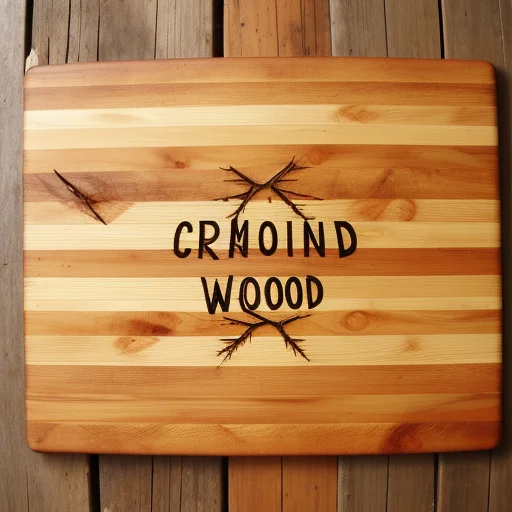
There are certain oils better suited for wood furnishings, tools, and decor items than for the heavy demands of a kitchen prep cutting board:
Vegetable, Canola, Safflower Oil – Though food-safe, these cooking oils can slowly turn rancid with prolonged wood contact in a damp kitchen environment. Rancid oils impart unpleasant scents and flavors.
Olive Oil – This classic cooking oil easily transfers its characteristic aroma and taste to other foods and surfaces. The monounsaturated fats in olive oil also oxidize faster than an oil like mineral.
Varnish – Varnish contains resins and solvents that deeply seal wood. But many compounds are toxic if not fully cured. Use sparingly on handles only. Avoid entirely on cutting surface.
Rubbing Alcohol – Evaporates far too quickly to have any protective wood benefits. Poses toxicity risks. Not intended for human consumption.
For safety and effectiveness, stick to food-specific oils made with mineral oil, coconut, beeswax, carnauba wax, grapeseed, or walnut oil. Essential oils can also be added for scent.
Avoid repurposing cooking oils. Check that all oils are FDA approved for direct food contact.
How to Properly Apply Oil to a Wood Cutting Board
Treating a wood cutting board with protective oil just takes a few easy steps. No complicated tools or techniques required!
Here is the basic process:
- First, clean the board thoroughly with hot soapy water and a scrub brush to remove any food, oils or debris. Rinse very well.
- Pat the board completely dry with clean towels. Any moisture will repel the oil treatment.
- Select an oil specifically made for cutting boards – preferably an FDA grade mineral oil. Oils specially formulated for wood cutting board care are widely available online or in kitchen and hardware stores. Look for any of these key ingredients:
- Food-grade mineral oil
- Beeswax
- Coconut oil
- Carnauba wax
- Walnut oil
- Apply a generous thin layer of oil across the entire board surface. Use a soft cloth or several sheets of paper towels to gently spread and massage oil over all areas.
- Allow the board to rest for 10-15 minutes so the oil can fully penetrate into the thirsty wood grain. This absorption time is key.
- Return and wipe away any excess oil with fresh paper towels. Rub with the wood grain to remove surplus oil from the surface.
- Allow the board to air dry for 24-48 hours to finish the curing process before use. This allows the oil to set properly in the wood fibers. If any oil feels tacky after 24 hours, simply wipe again with paper towels.
- Discard used paper towels soaked in oil promptly and carefully to avoid any fire hazards. Or reuse old towels and launder after.
Ideally, repeat this quick oiling process every 4 weeks or so to keep your wood cutting board in top shape. More frequent oiling is fine too and provides extra protection.
Maintaining and Caring for an Oiled Cutting Board
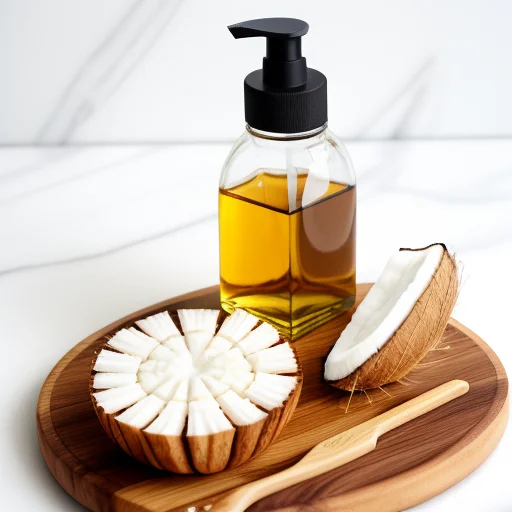
Along with monthly re-oiling, some other habits will keep a wood cutting board conditioned and pristine:
Hand Wash and Dry – Use mild dish soap and warm water with a soft brush. Avoid the hot water and pressure spray of the dishwasher which can damage the oil barrier. Always allow your board to fully air dry before putting away.
Plastic Scrapers – Use a plastic bowl scraper or spatula to remove stuck on bits after prepping meats or sticky doughs. Scrapers won’t gouge and score the surface like metal utensils can.
Seasoning – Periodically apply a light dusting of salt or baking soda and gently rub with oil to help scrub and season your board’s surface. Rinse and dry completely before oiling.
Sand Out Flaws – Use 100-grit or finer sandpaper to periodically sand out any nicks, cuts and flaws that develop on the work surface. Remove dust and debris before reoiling.
Store Properly – Stand boards vertically in a cabinet or place on wall hooks. Never nest boards flat or allow contact with moisture. Ensure airflow around boards.
Re-oil Promptly – Watch for the wood grain appearing dry, rough, or lighter in color. This indicates the oil coating has thinned and it’s time to rejuvenate with a fresh coat.
With repeated oiling and careful handling, a wood cutting board will serve kitchen prep needs for decades.
Signs It’s Time to Re-Oil Your Cutting Board
Be attentive to these signs indicating your wood cutting board needs fresh oil:
- The wood grain looks significantly lighter or bleached out
- Tiny cracks or splinters appear in the cutting surface
- Edges begin splintering and feel rough
- Knife blades start leaving score lines and indentations
- Liquids immediately darken and soak into the wood
- Food particles and juices stain the surface more readily
- Strong food odors linger in the board
- Food tends to stick and not glide smoothly across the board
At the first hints of dryness, it’s time to re-oil. Don’t wait until warping, deep cracks or splits happen. Maintain that protective oil layer.
Oil Application Tips and Tricks
- Freshen up your oil supply every 6-12 months. Oils can oxidize over time.
- Check that your wood board is fully dry before oiling. Water repels oil absorption.
- Apply oil sparingly with the wood grain. Rubbing across the grain risks lifting wood fibers.
- Increase oiling frequency for soft woods like pine or new boards until the grain is nourished.
- Double up paper towels or use a soft cloth for easy application and mess-free wiping.
- Re-oil the sides and edges too – these easily get missed but need conditioning.
- Let new boards cure fully before intensive use. The oil needs time to penetrate and polymerize.
- Combine beeswax or carnauba wax with oil for added water protection if desired.
- Don’t oil board handles – this can transfer to your hand. Use mineral wax instead.
Frequently Asked Questions About Oiling Wood Cutting Boards
How often should you oil a wood cutting board?
For frequent use boards, plan to oil approximately every 4 weeks. However, even weekly oiling provides extra protection for well-loved boards. Brand new boards may need more frequent oiling at first to deeply condition the unseasoned wood.
What is the best food-safe oil for wood cutting boards?
Food-grade mineral oil is highly recommended by chefs and woodworkers for safety, purity, affordability and performance. It’s odorless, harmless and provides excellent moisture barriers.
Is coconut oil acceptable for treating cutting boards?
Yes, food-grade coconut oil is vegan-friendly, absorbs readily into wood, and has natural antimicrobial properties. Look for refined coconut oil to avoid scent.
Can you safely use olive oil or vegetable oils on cutting boards?
It’s not recommended. Though food-safe, olive and vegetable oils can turn rancid with prolonged exposure to wood, moisture and air. They also impart characteristic scents. For purity and stability, stick to mineral oil.
Should you oil both sides of a wood cutting board?
Yes, oil all surfaces thoroughly including the bottom and sides or edges. End-grain boards in particular tend to absorb oil quickly on all faces. Ensure full coverage.
How does mineral oil compare to walnut, beeswax, or coconut oils?
Mineral oil is affordable, neutral, and provides excellent protection for wood boards. Walnut, beeswax, and coconut enrich mineral oil but may add scent or require more frequent application. They can be blended with mineral oil for enhanced benefits.
Can you apply too much oil to a cutting board?
It’s hard to over-oil a wood board. Any true excess simply wipes off the surface. Wood soaks up surprising amounts. The key is allowing adequate absorption time before wiping up surplus oil. Follow curing times.
What’s the best way to apply oil evenly?
Using several sheets of paper towels or a dedicated cloth helps distribute oil smoothly. Apply sparingly but thoroughly and rub with the wood’s grain direction. Allow 10-15 minutes for absorption before wiping away extra.
Should you season a new wood cutting board before use?
Yes, it’s wise to treat a new wood board with mineral oil and allow to cure fully before intensive kitchen use. This deeply conditions and protects the vulnerable raw wood grain. Follow any manufacturer’s specific seasoning tips too.
The Takeaway on Oils for Wood Cutting Boards
Regular oiling is an essential practice to maintain the integrity, sanitation, and longevity of a wood cutting board subjected to heavy kitchen use. Stick to food-grade mineral, coconut, walnut, beeswax, carnauba or grapeseed oils to safely condition and protect boards.
Avoid repurposing cooking oils like olive or vegetable, which can turn rancid with repeated exposure. Also steer clear of woodworking oils like tung oil or varnish that contain compounds unsafe for food prep.
Apply a thin layer of food-safe board oil monthly and allow it to soak in fully overnight before use. Combine with proper cleaning, drying, and storage habits for a wood cutting board that stays in flawless shape for decades to come. Show your beautiful wood board some love with regular oil treatments!
Types of Wood for Cutting Boards
In addition to regular oiling, the type of wood itself impacts a cutting board’s performance. Hardwoods like maple, walnut, cherry, and teak make the best cutting boards. Learn more about types of wood for cutting boards here.
Sources
As an Amazon Associate I earn from qualifying purchases.

